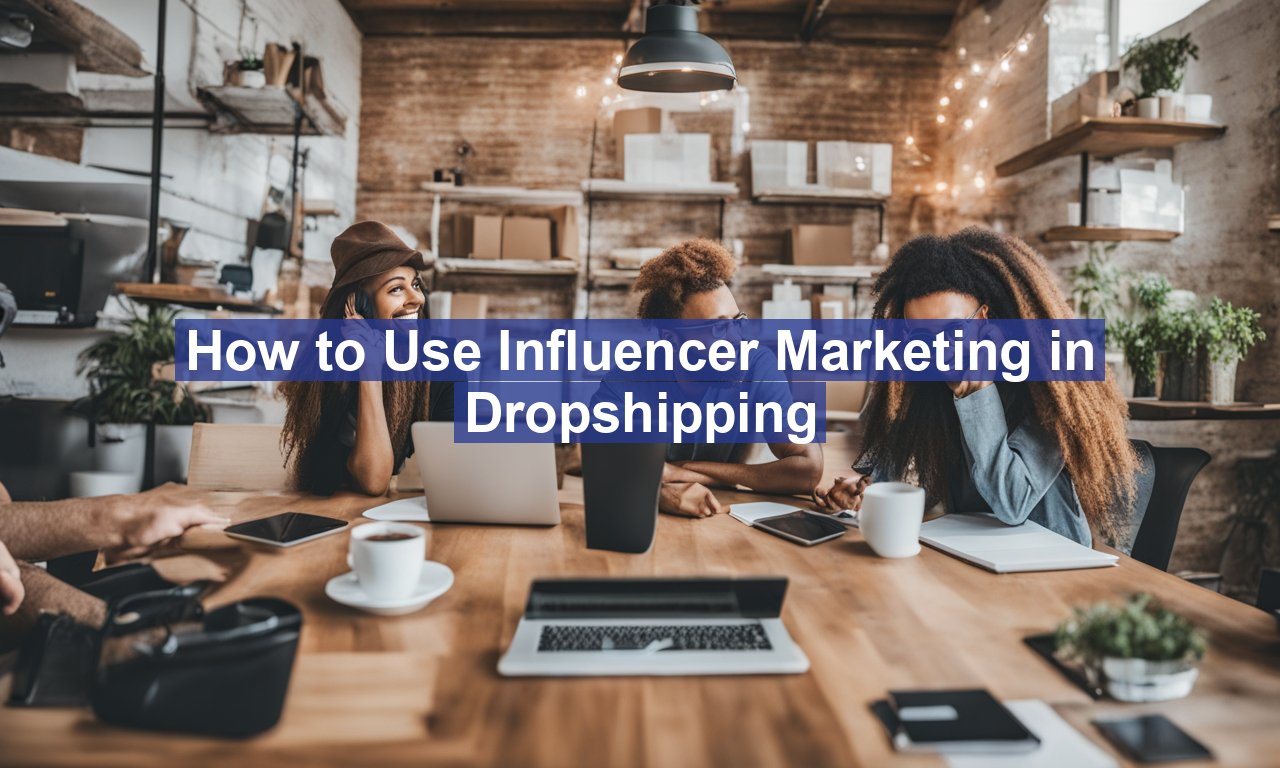In the fast-paced world of e-commerce, influencer marketing has emerged as a game-changer, especially for dropshipping businesses. Imagine having a trusted figure in your niche, with an already engaged audience, vouch for your products—kind of like a modern-day word-of-mouth. This strategy not only brings in new traffic but can significantly boost sales, solidifying your brand presence in the digital market. But how do you dive into influencer marketing effectively without breaking the bank? Let’s explore this lucrative avenue.
Understanding the Power of Influencer Marketing in Dropshipping
Before diving into the nuts and bolts, it’s essential to understand why influencer marketing works so well, particularly in the dropshipping sector. Influencers have built-in trust with their followers. They’re often seen as experts or trendsetters within their field. Engaging with an influencer means you’re tapping into their credibility, offering a product you endorse, and benefiting from their audience’s trust. According to a report by Business Insider, the influencer marketing industry is on pace to be worth $15 billion by 2022, illustrating its massive impact.
Steps to Successfully Leverage Influencer Marketing
1. Identify the Right Influencers
Finding the right influencer is crucial. You don’t want just any influencer; you want those whose audience aligns with your target market. Begin with:
2. Crafting the Perfect Proposal
When reaching out to influencers, first impressions matter. Create a compelling proposal that highlights mutual benefits:
3. Build a Relationship
Once you’ve established a connection, nurturing this relationship is key. Engage with them authentically:
Tracking and Analyzing Campaign Success
Analytics is where the rubber meets the road. Understanding if your efforts translate into real results is crucial. Track the following:
Choosing the Right Platforms
Not all platforms are created equal. Depending on your products and target audience, the social media channel you choose can be the deciding factor in campaign success:
Common Challenges and How to Overcome Them
Influencer marketing isn’t without its hurdles. Anticipating and mitigating these challenges can streamline the experience:
The Future of Influencer Marketing in Dropshipping
As consumer behaviors shift further online, influencer marketing in dropshipping is set to evolve. Trends indicate more authentic collaborations, nano-influencers gaining ground due to ultra-targeted reaches, and a rise in immersive experiences through VR and AR technologies. Staying abreast of these trends ensures that your business remains competitive.
In conclusion, integrating influencer marketing into your dropshipping business model opens up an array of opportunities for scaling and brand visibility. By nurturing relationships with the right influencers, creating compelling content, and analyzing performance metrics, your dropshipping venture can enjoy a significant boost. For further strategies on boosting e-commerce performance, check out Shopify’s guide on increasing sales.


